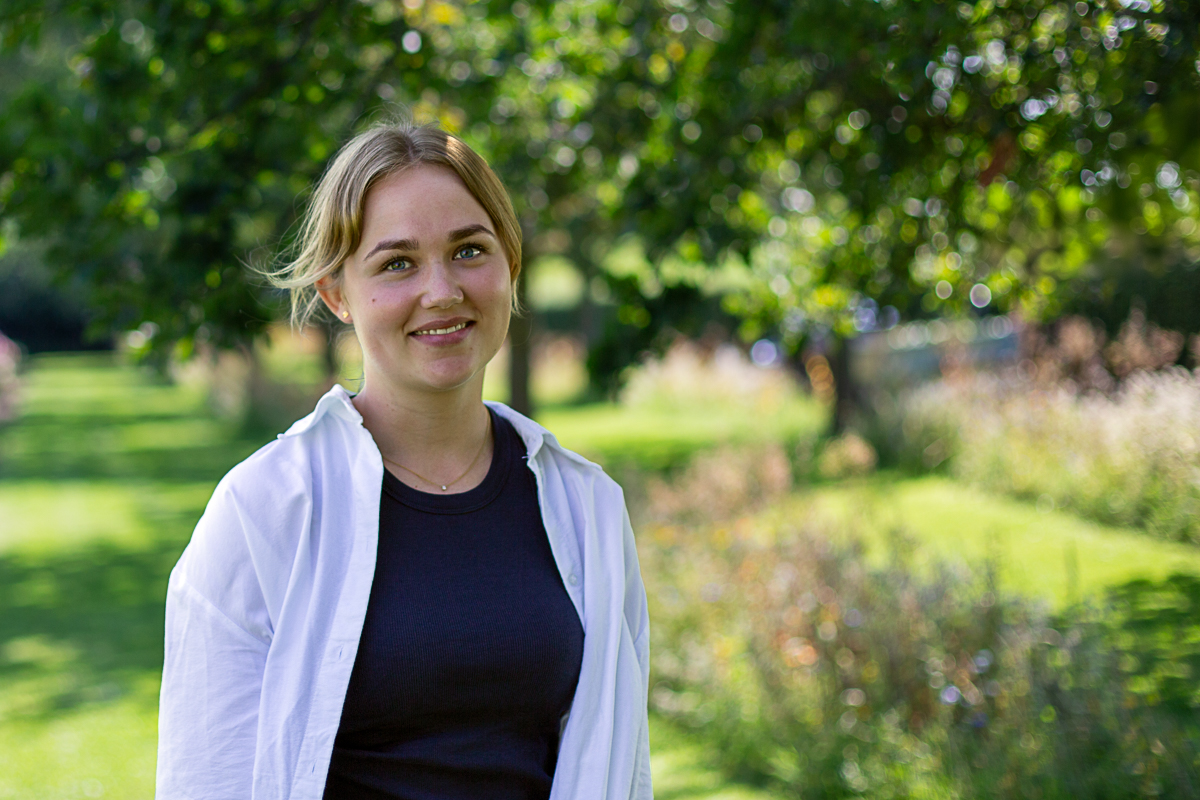Jasmin Emma Rekly Jensen - Cross-academy PhD Scholarship 2024
Project summary:
Plasmalemma Vesicle-Associated Protein in the Abdominal Aortic Aneurysm Pathogenesis
I propose that PLVAP induction in the vasa vasorum influences aortic wall remodeling and abdominal aortic aneurysm (AAA) progression. PLVAP possibly does so by promoting microvascular hyperpermeability to perivascular adipose tissue products and monocyte extravasation into the adventitia.
Project Title
Plasmalemma Vesicle-Associated Protein in the Abdominal Aortic Aneurysm Pathogenesis
Background
AAA is a chronic vascular disease characterized by an enlarged abdominal aorta diameter. AAA is asymptomatic until aorta rupture with a mortality rate of 85-90% accounting for 150-200,000 annual deaths, globally. No pharmacological treatment of AAA is available and stenting or surgical repair of AAAs is the current standard of care. The underlying pathogenesis of AAA remains unclear, but emerging evidence links microvascular dysfunction and vasa vasorum expansion to early AAA development.
Aim
My project aims to elucidate the role of vasa vasorum PLVAP in shaping the immune cell environment and pathogenesis of AAA.
Methods
I will examine healthy and AAA aorta samples using snRNA-seq, spatial transcriptomics and proteomics to understand AAA-related cellular interactions in and around the vasa vasorum. Additionally, I will develop a mouse model of AAA to experimentally investigate the role of PLVAP in AAA development. With this I will evaluate the impact of Plvap ablation on cellular dynamics during AAA development.
Preliminary results
Preliminary results indicate an upregulation of PLVAP in the vasa vasorum of AAA, suggesting a potential role in AAA pathogenesis.

Jasmin Emma Rekly Jensen
- MSc
- Department of Biochemistry and Molecular Biology, University of Southern Denmark
- Cross academy grant recipient: DCAcademy & Danish Diabetes and Endorine Academy
Main supervisor:
Kim Ravnskjær, Associate Professor, Center of Functional Genomics and Tissue Plasticity (ATLAS), Department of Biochemistry and Molecular Biology, University of Southern Denmark
Co-supervisor:
Jes S. Lindholt, Professor, Department of Clinical Research, University of Southern Denmark
Collaborators:
Claudia Monaco, Professor, Kennedy Institute of Rheumatology, University of Oxford
Jane Stubbe, Associate Professor, Department of Cardiovascular and Renal Research, University of Southern Denmark